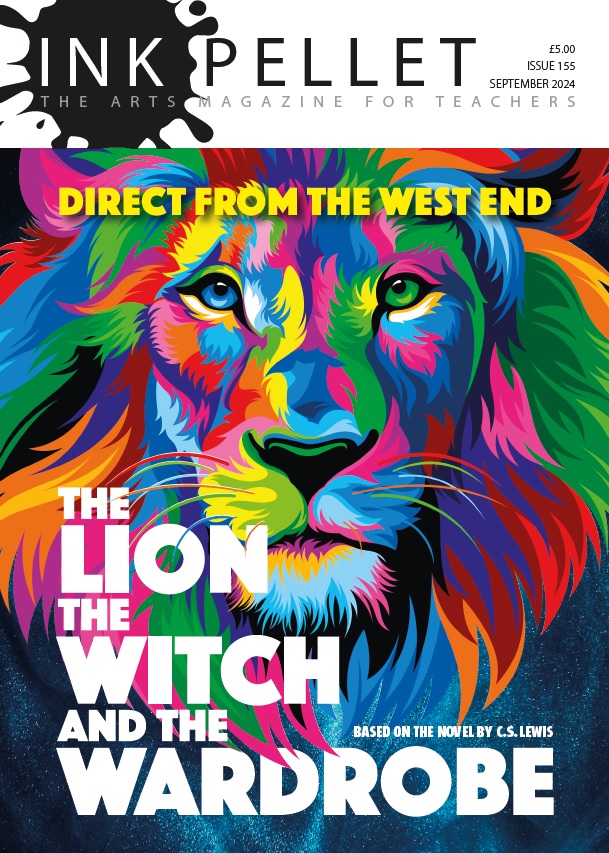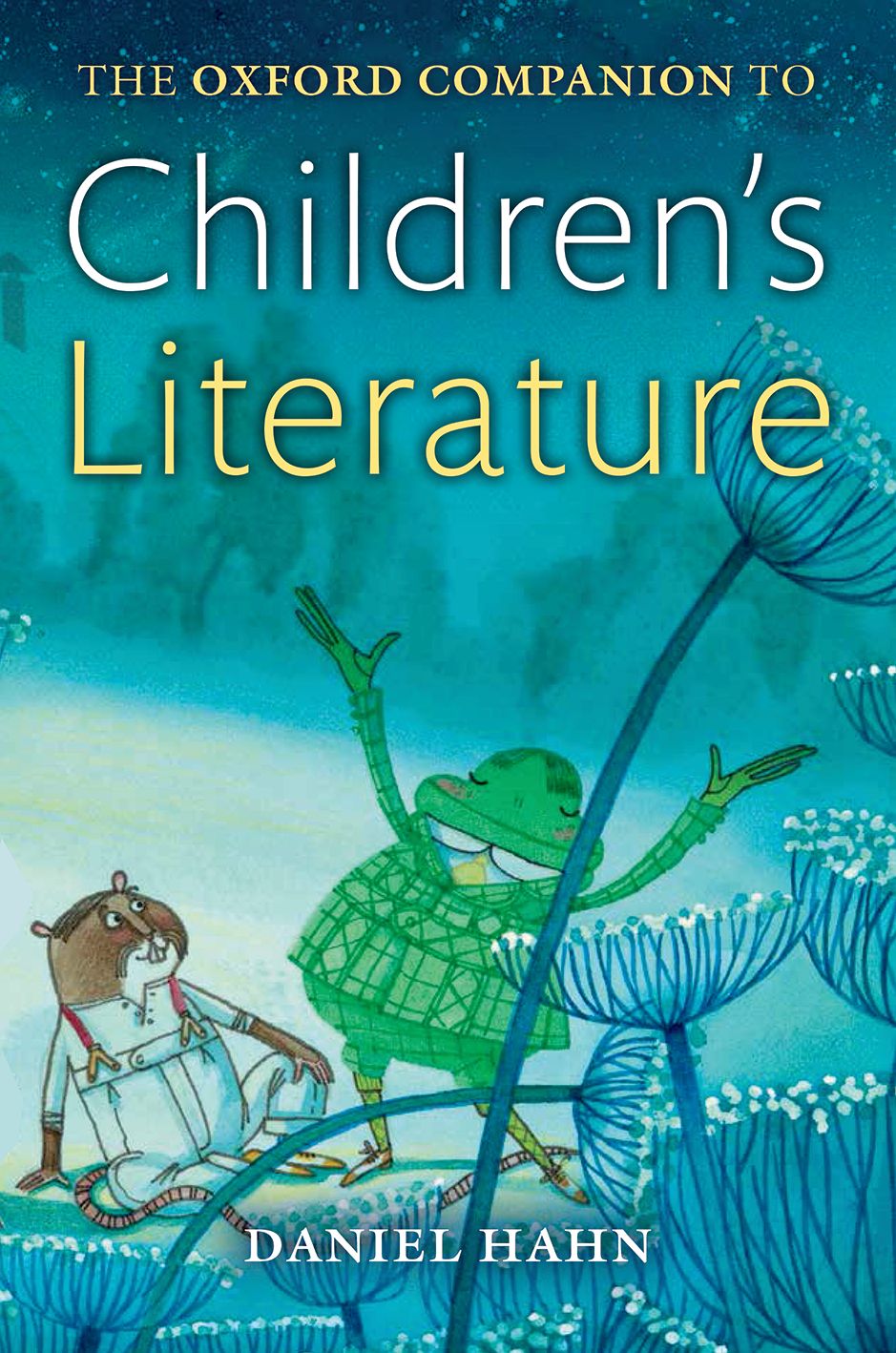by Daniel Hahn (second edition based on original 1984 edition by Humphrey Carpenter & Mari Pritchard)
Published by Oxford University Press
By anyone’s standards it’s an ambitious project to attempt to cram into a mere 500,000 words the whole of children’s literature, including that from other English speaking cultures and books translated into English. Children’s literature has always been a big subject but, as Hahn points out in his clear accessible style, it has grown as never before in the 30 years since Humphreys and Pritchard wrote the first edition.
Items, including characters, titles, authors, illustrators, trends, genres, book prizes and more, are ranged alphabetically and cross referenced in the usual Oxford Companion style from A Apple Pie, a traditional alphabet jingle, to Lisbeth Zweger, an Austrian illustrator born in 1954. In between are articles short (sometimes just dictionary-style definitions) and long on everything from Diana Wynne Jones and Miffy to Children’s Hour and Lewis Carroll. And most of it is informative although sometimes a tad perfunctory.
Of course Hahn has had to make decisions about length to reflect the current importance of certain things and it can’t have been easy. He is right, in my view, to give Enid Blyton plenty of space because, whatever her literary shortcomings, she was hugely influential and turned millions of children into ‘real’ lifelong readers. Harry Potter, of course, the children’s publishing phenomenon of the early 21st century, is summarised and analysed in detail.
So who will read this entertaining book and why? It is fascinating to browse through for anyone who has ever read a children’s book – and especially for those of us who, for whatever reason, didn’t stop reading children’s books when childhood ended. I read and learned from Hahn about books such as the Bobbsey Twins, books which I hadn’t thought about in half a century. For teachers and librarians and trainees in either profession, it would be a good starting point for information about writers and books. No one can have read everything, after all. And it’s obviously a useful reference book for anyone studying children’s literature academically. Teenage readers might find it a good way of deciding whether they want to read a certain author or not, too. Malorie Blackman, Carl Hiassen, Patrick Ness – they’re all here.
Review by Susan Elkin



